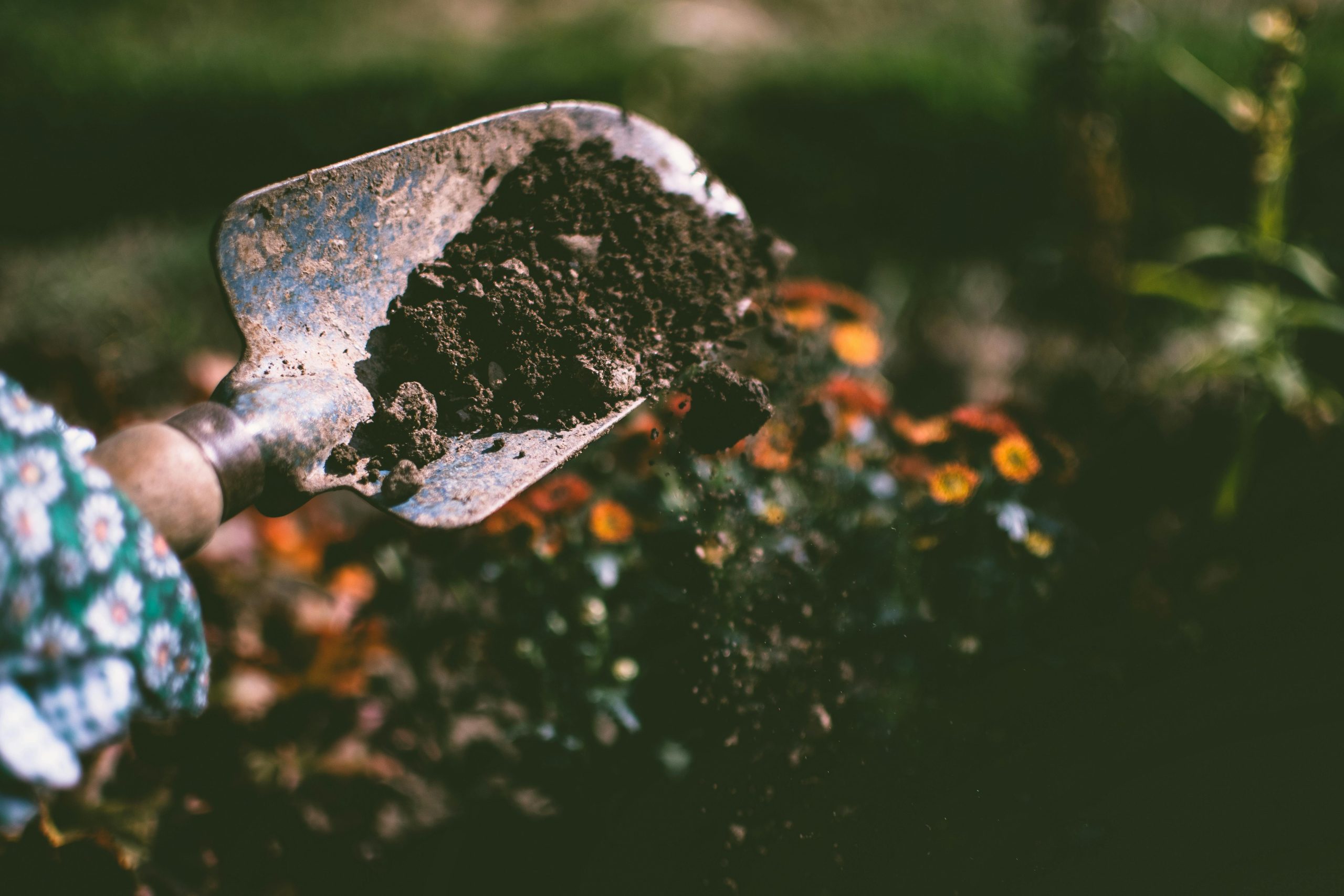Understanding the type of soil you use in your garden is crucial for the success of your plants. Soil serves as the foundation for plant growth, providing essential nutrients, water, and support for roots. So what is garden soil and how is it different from topsoil?
What is Garden Soil?
Garden soil is a specially formulated blend designed to meet the needs of garden plants. It typically consists of a mix of organic matter, minerals, nutrients, and beneficial microorganisms. The primary goal of garden soil is to create an optimal environment for plant growth.
Garden soil supports plant growth by improving soil structure, enhancing drainage, and increasing nutrient availability. This type of soil is often enriched with compost, peat moss, and other organic materials to ensure it contains the necessary nutrients and maintains the right pH balance for a variety of plants.
What is Topsoil?
Topsoil is the uppermost layer of soil, usually extending from the surface to about 2-8 inches deep. It is naturally formed over time and is composed of minerals, organic matter, and some nutrients. The quality and composition of topsoil can vary significantly depending on the location and environmental factors.
Topsoil plays a vital role in natural ecosystems by providing a medium for plants to root and obtain nutrients. In landscaping and lawn establishment, topsoil is commonly used to create a base layer for planting grass, filling in low spots, and leveling terrain. It provides a foundational layer that supports plant growth and helps retain moisture.
Key Differences Between Garden Soil and Topsoil
While both garden soil and topsoil are essential for gardening, they have distinct differences that make each suitable for specific applications.
Composition
Garden soil has a higher organic matter content compared to topsoil. It often includes additional amendments such as compost, fertilizers, and other organic materials to enhance its fertility and structure. Topsoil, on the other hand, has a more variable composition that depends on its natural formation and may not always contain the same level of organic matter.
Preparation and Processing
Garden soil is usually processed and mixed to achieve an optimal balance of nutrients, pH, and texture. This makes it particularly suitable for growing a wide range of plants. Topsoil is generally less processed and may require additional amendments to meet the specific needs of garden plants.
Nutrient Content
Garden soil typically has a higher and more balanced nutrient content than topsoil. This is because garden soil is often enriched with compost and other organic materials that provide essential nutrients for plant growth. Topsoil may contain nutrients, but the levels can vary and may not always be sufficient for certain plants.
Uses
Garden soil is ideal for flower beds, vegetable gardens, and container gardening due to its enriched composition and tailored nutrient content. It is designed to support the growth of a variety of plants. Topsoil is commonly used for lawn preparation, leveling uneven terrain, and general landscaping projects where a base layer of soil is needed.
When to Use Garden Soil
Garden soil is best used in situations where you need a nutrient-rich medium to support plant growth. This includes planting flower beds or vegetable gardens, enhancing the soil quality in raised beds, and container gardening. Its well-balanced composition makes it suitable for a wide range of plants, ensuring they have the necessary nutrients and conditions to thrive.
When to Use Topsoil
Topsoil is ideal for projects that require a foundational layer of soil. This includes starting a new lawn, filling in bare spots, leveling uneven terrain, and serving as a base layer before adding richer soil mixes. Topsoil provides a stable environment for roots to establish and helps retain moisture, making it a crucial component in many landscaping and lawn care projects.
Conclusion
Choosing the right type of soil for your gardening needs is essential for the health and success of your plants. Garden soil, with its enriched composition and balanced nutrients, is perfect for garden beds and container gardening. Topsoil, on the other hand, serves as an excellent base layer for lawns and general landscaping projects. By understanding the differences between garden soil and topsoil, you can make informed decisions that will help your plants flourish.

